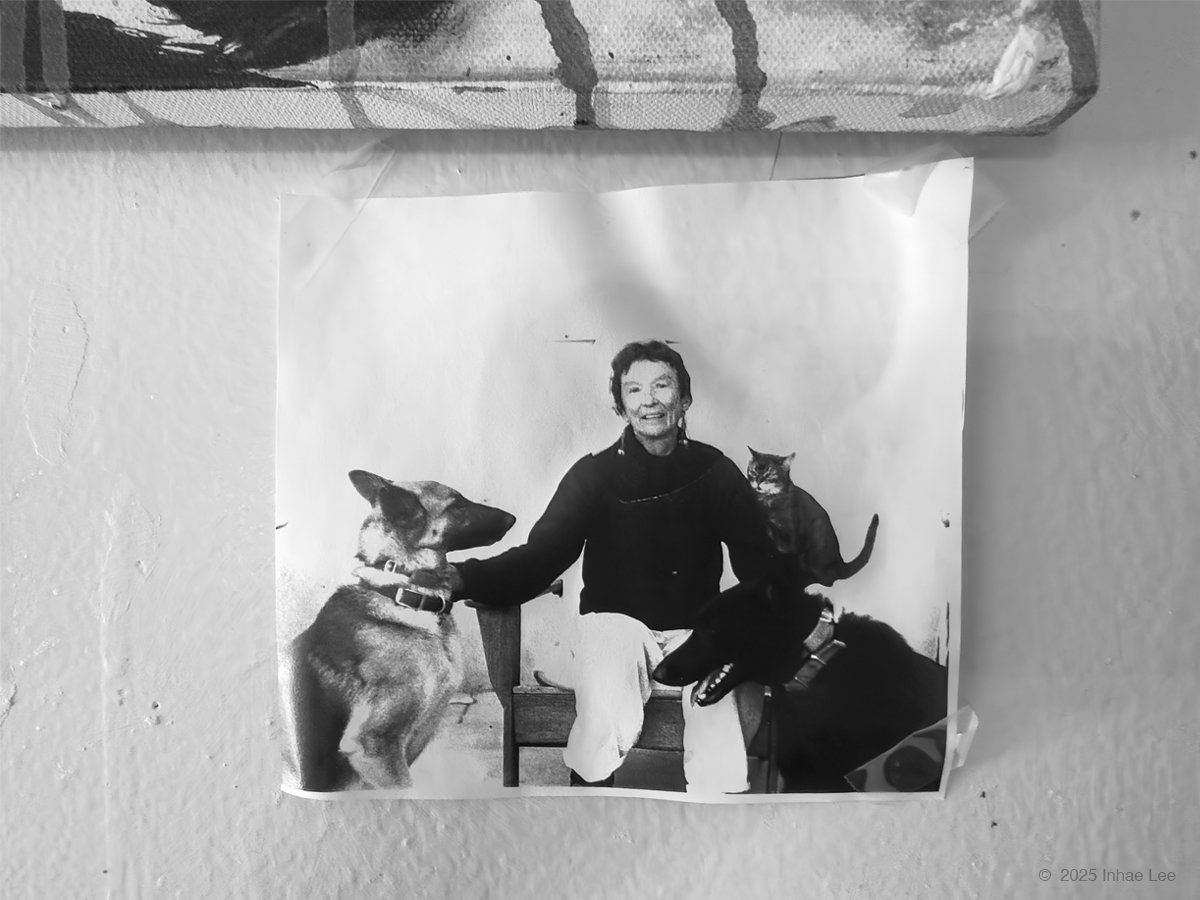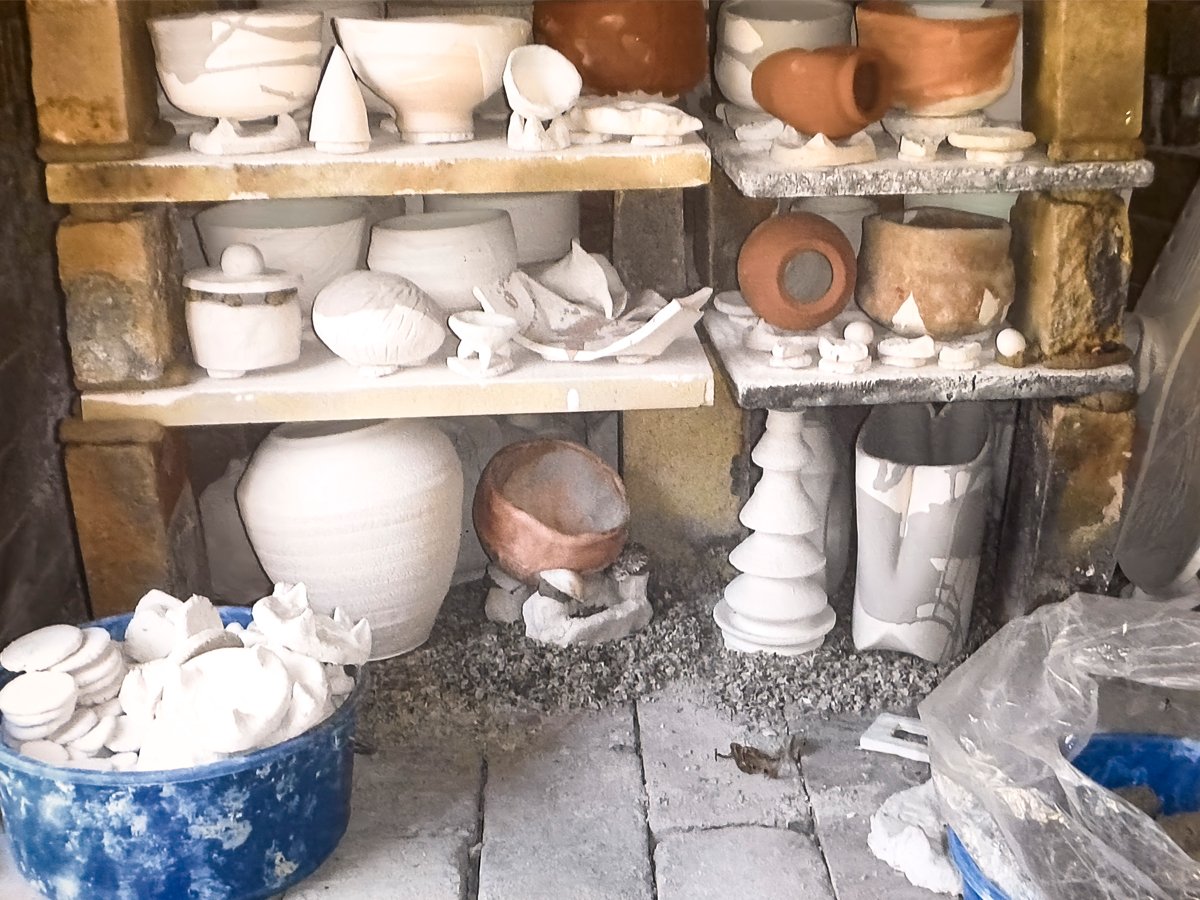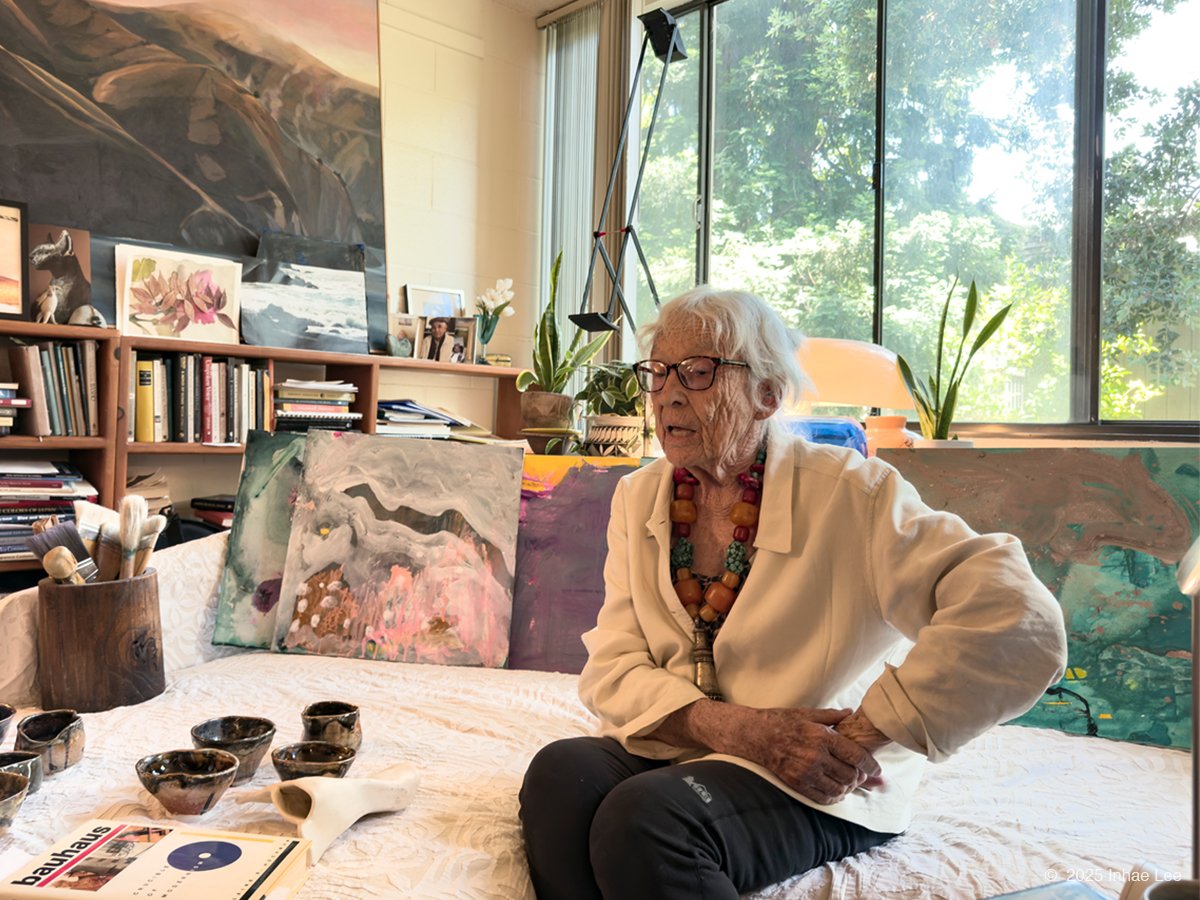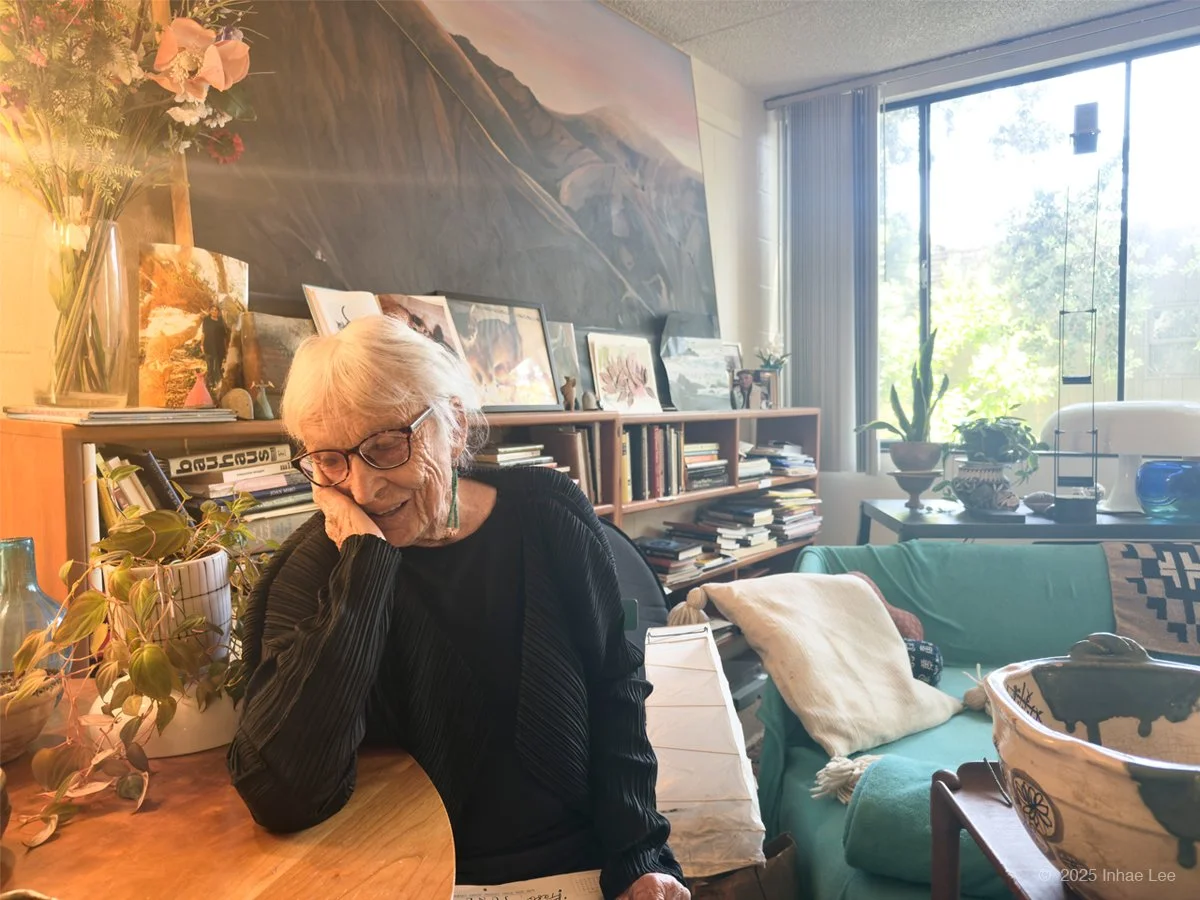Meet The Potter
Chandra Nuum
















What is your name? I’m Chandra Nuum – I’m an artist, a mother, and an avid traveler.
How long have you been a member at The Potters’ Studio? I joined the studio back in the 1980s, when it was still located on San Pablo Avenue. I still remember that wonderful feeling—gaining the freedom to throw late into the night, lock up, and head home to sleep.
What’s your artistic background? I was fortunate to be raised by parents who, thanks to their own higher education, deeply supported my artistic talent. In 1950, I enrolled at Oberlin College and earned a BA in studio art. I went on to study under the German artist Josef Albers, who taught color theory in Yale’s painting department during the Bauhaus-influenced 1950s. I received a BFA in painting from the Yale School of Fine Arts in my early twenties, followed by an MFA in printmaking from California College of the Arts (CCAC) in my forties. Lifelong learning has always been a vital force in my life. In later years, I expanded into bodywork, dedicating significant time to studying three modalities—Rosen, Chi Nei Tsang, and Reiki—all of which deeply influenced my creative practice.
How did the unique historical context of the Silent Generation shape your experience as a woman artist? The real big change for me came in the 1960s, when women began talking to each other and building a vital movement. At the time, in a particular consciousness-raising group (meeting weekly, talking a lot), I learned so much from other women in the group! I’d been in a traditional marriage for 15 years – but now I was reaching out to the world through women and through books such as Betty Friedan’s The Feminine Mystique.
How would you describe your work—as both a painter and a potter—across the span of your creative life? I love accidents—that’s how I paint. Like a 1950s abstract expressionist, I embrace unpredictability. Robert Rauschenberg, who also studied under Josef Albers had a similar openness to chance. That training shaped our shared sensitivity to color and form. My work comes from the psyche; color, visual memory, and psychological experience all fuel the process. I paint and create ceramic pieces intuitively, responding to what emerges rather than trying to control it.
When did you begin working with clay? It began as a creative form of healing in my fifties. When my mother was dying, I needed both healing and creative work, which came through throwing on the wheel—and that’s how it began.
What is the most memorable ceramic workshop/class you’ve attended? Marc Lancet’s workshop at Solano Community College in Fairfield, and earlier a workshop for women with Judy Chicago during the Feminist Art Program (FAP) at CalArts in 1971. I was so impressed with her work, The Dinner Party, and the work in ceramics and with women.
Could you share what draws you to Shino glazes and how it influences your clay work? I feel I had a past life in Japan. Thus, I throw Japanese tea bowls and use old Japanese glazes, and Shino is one of them. I love Malcolm Davis Shino because it is very temperamental and lovely accidents happen. I love magic!
How do you stay creative? I’ve always been touched with my soul as a creative person. I love to learn and have explored both art and holistic healing. Always something is gestating in me. I swim, I paint, I throw clay, and I love to be in nature (especially the ocean).
How has collecting different modalities—like bodywork—intersected with your creative flow throughout your life? Well, life is not easy and learning and being curious about it and also about yourself supports a creative life.
Looking back, how did your role as an educator shape your evolution as an artist? Albers taught his students how to see better working with the plastic elements of colors, lines, and spaces. And then I expanded into different crafts and techniques such as printmaking, and anagama firing. While I was searching for housing up in northern CA, I began studying anagama in Fairfield with Marc Lancet. I also traveled a lot to Japan to visit some of the old anagama sites there.
For many years, you balanced motherhood and creative work. How did raising four children over 15 years influence, challenge, or inspire your artistic voice after the divorce? Having four children, I feel their interest and support in my creative work. One of my sons is a painter, and also teaches art.
Who are the artists whose work you deeply admire or feel connected to? Albers, Frankenthaler, Lancet, Noguchi.
Creative ruts happen to even the most prolific artists. How have you learned to move through those quieter or more uncertain times? By 28, I had come to understand that being “stuck” isn’t truly being stuck—it’s an invitation to redirect energy, to slow down, recalibrate, and grow in a new direction. These are adjustment periods, like a seesaw finding balance. When I couldn’t paint, I turned to learning something new. I took up swimming at 40, and it’s remained part of my weekly routine ever since. Movement—physical, emotional, or intellectual—has always helped me shift perspective and stay creatively alive.
What’s a piece of advice for working in ceramics? I tell people to stay healthy and curious!
Interview article and photography by Inhae Lee

